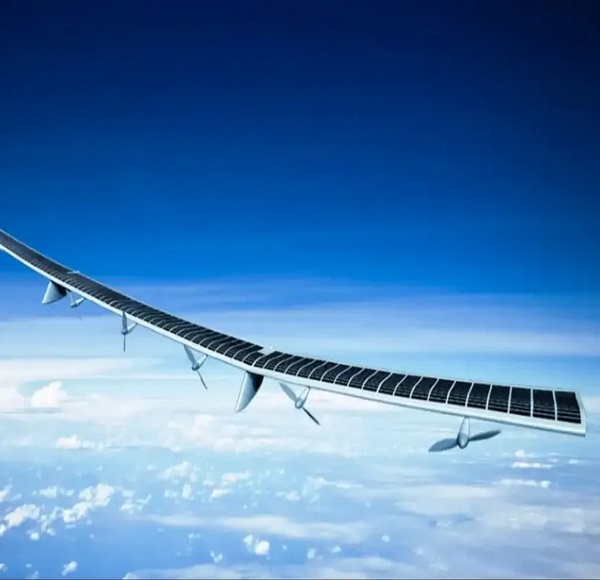The Japanese telecommunication industry is hoping to reestablish its mark once again on the global map by deploying flying base stations in 2025. Called high altitude platform stations (HAPS), the technology is aimed at providing wider network coverage using unmanned vehicles flying in the stratosphere.
Over the past few years, countries have been looking to roll out 5G, the fastest wireless connectivity commercially available. Interesting Engineering has reported how China has set a record in this domain by installing over three million base stations so far, outpacing the US market.
According to data aggregator, Statista, the world has over five billion users of the internet. However, penetration of Internet services remains low in parts of Africa, where only 24 percent of the population has Internet access. The difficulty in setting up base stations in remote places is one of the reasons for low coverage, which HAPS aims to overcome.
Flying vs. ground stations
Depending on the topography, a ground-based station has a coverage range of 1.8-6.2 miles (3-10 km). A considerable number of base stations are required for large-scale availability of internet services. Since not all countries have the resources to deploy them at China’s pace, the roll-out remains slow.
Telecom companies such as Japan’s NTT are touting HAPS as a next-gen solution to this problem that can help bridge the digital divide. Just like Elon Musk’s Starlink provides space-based internet services, HAPS can provide mobile services using solar-powered drones flying at altitudes of 11-15 miles (18-25 km). The coverage of one such module is expected to be 124 miles (200 km).

Japanese companies plan to offer aerial vehicles, telecom equipment, and operational management as a package, making them easier to deploy. However, for such a technology to be used worldwide, certain technological criteria need to be adopted that can be applied in each market.
HAPS Frequencies
At the World Radiocommunication Conference conducted in the United Arab Emirates in November-December 2023, delegates from 163 countries deliberated over the use of radio frequencies and satellite orbits.
Japan’s proposal to adopt four frequency bands as international standards for airborne flying stations was adopted at the Conference, paving the way for the technology to be rolled out uniformly around the world. As per the proposal, the frequencies of 1.7 gigahertz, 2 GHz, and 2.6 GHz will be used globally for flying base stations.
Additionally, the 700 to 900 megahertz (MHz) band, which is used to improve mobile services in Europe, the Americas, Africa, and some regions of Asia, was also approved for use with flying base stations, Nikkei Asia reported.
Telecom group Softbank Corp has already demonstrated the technology by facilitating a 5G call between Rwanda and Japan in October this year and is also working with the government in Rwanda to roll out the technology in the country.
Another Japanese telecom firm NTT has teamed up with satellite broadcaster Sky Perfect JSAT to offer HAPS-based service from April 2025. It is expected that the technology demonstration will also occur at the World Expo 2025 to be conducted in Osaka, propelling Japanese firms to the popularity levels of the US and Chinese companies that sell telecom equipment to the rest of the world.
Source: IE










